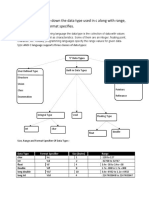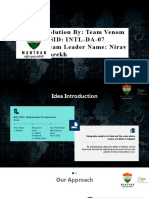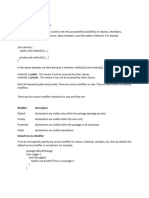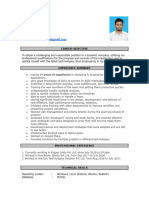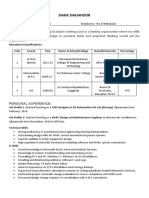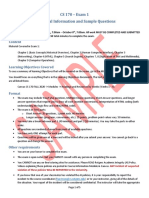0% found this document useful (0 votes)
29 views6 pagesCloud Computing Revision Notes
The document discusses the differences between REST and web services, highlighting REST as a subset of web services that primarily uses HTTP and supports various data formats. It also outlines three types of virtualization: server, network, and operating system virtualization, and explains the publish-subscribe model in cloud computing. Additionally, it details the implementation levels of virtualization and its role in disaster recovery, emphasizing the importance of CPU, memory, and I/O device virtualization.
Uploaded by
rev3rentlyCopyright
© © All Rights Reserved
We take content rights seriously. If you suspect this is your content, claim it here.
Available Formats
Download as PDF, TXT or read online on Scribd
0% found this document useful (0 votes)
29 views6 pagesCloud Computing Revision Notes
The document discusses the differences between REST and web services, highlighting REST as a subset of web services that primarily uses HTTP and supports various data formats. It also outlines three types of virtualization: server, network, and operating system virtualization, and explains the publish-subscribe model in cloud computing. Additionally, it details the implementation levels of virtualization and its role in disaster recovery, emphasizing the importance of CPU, memory, and I/O device virtualization.
Uploaded by
rev3rentlyCopyright
© © All Rights Reserved
We take content rights seriously. If you suspect this is your content, claim it here.
Available Formats
Download as PDF, TXT or read online on Scribd
/ 6

























































